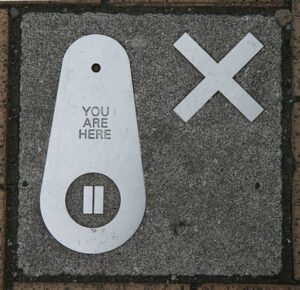Long discussions about the “enrollment cliff” have become commonplace among community college administrators. It doesn’t help that these schools (Washtenaw Community College included) have reached peak enrollment in the last dozen years or so. (WCC reached its peak enrollment in 2010.) That makes the declines look even more dramatic.
Almost reflexively, community college administrators complain about the level of state funding their institutions receive, the effects of the pandemic on their enrollment, the declining birth rate, and anything else that looks remotely like a plausible explanation for their increasingly vacant campuses. In the last 15 years, Michigan’s community college enrollment has declined by about 45%.
These performances deftly avoid discussions of the lack of investment in instruction; the increasing reliance on part-time instructors to deliver (but not improve or update) class materials; the use of (often stale) canned curriculum by third-party providers; the shift from associate degrees to non-degree certificates, and from in-person to online instruction. They don’t discuss the waning completion rates, which testify to the administrators’ lack of ability to retain students even for a short period of time. Or the schools’ persistence rate, which measures how many first-year students return for additional instruction in Year 2 and beyond.
The discussion never turns to their own culpability for their circumstances. They gladly complain about the weak state appropriations but won’t look for ways to reduce expenses to make more dollars available to instruction. These community college administrators know that instruction determines enrollment, yet they fail to invest in the development of new programs, the recruitment and hiring of more full-time faculty, and the improvement of teaching and learning facilities.
Community college administrators should look inward
Currently, Washtenaw Community College has a 28% completion rate, which is 40 points lower than the national average for other certificate schools, and 31 points lower than the national average for all schools. It’s even worse for Pell Grant recipients. WCC costs less than the average school, but you usually get what you pay for. (Unless you’re a Washtenaw County taxpayer.) Ten years after they first enrolled at WCC, the one-in-four students who complete a program reports earnings that hover in the mid-30’s. That’s not enough to sustain a one-person household in Washtenaw County.
The “ten years after they first enrolled” figure is important. WCC’s current administration has been in place since 2011. So, all the long-term data that the Department of Education collected for the current scorecard belongs entirely to this administration – the same crew that performatively struggles to explain why WCC’s enrollment continues to fall.
Failure to invest in instruction. Lack of investment in academic facilities. Excessive administrative hiring. Diversion of operational dollars to profit-seeking ventures. Absence of authentic oversight by the Board of Trustees, and unwillingness to demand accountability for profoundly limited results.
After a while, it all piles up…
Photo Credit: 57Andrew, via Flickr



























